

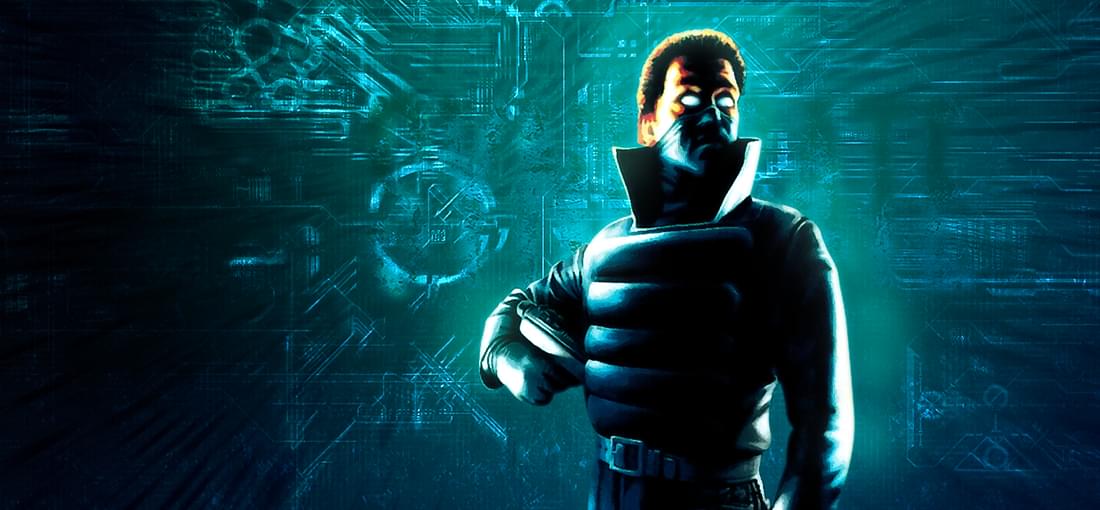
In Syndicate, you control a team of operatives in a near future society assigned to complete a variety of missions. From the looks of it, Syndicate was ahead of its time in terms of ambition but somewhat constrained by the technology of the time. In my view, the game belongs more in a museum than on my hard drive, and I cannot recommend playing it in 2024 and beyond. Gameplay: Prior to missions, you assemble and equip your team from a roster of operatives. This is not unlike something we would later see in the first Ghost Recon game. The missions take place in real-time. Given the clunky interface, I might have been more inclined to play Syndicate, if the missions were turn-based, such as X-COM. Characters/Customization: The operatives have a name, some skills, and equipment, and that's about it. Story/Atmosphere: Probably the best part about my experience with Syndicate Plus was the opening cutscene which in spite of technical limitations managed to establish the mood and atmosphere using pixelated graphics. Graphics/Sound: Technically, graphics, sound, gameplay, etc. this version of Syndicate released in 1996 seems pretty rough and badly outdated. If the game were remastered (or better yet, remade) and modernized, I would take a second look... and I believe there are newer versions of the franchise out there, even in my backlog. Replay Value: I played less than 30 minutes, frustrated by the interface and unwilling to go out of my way to learn the proper mechanics for leading my squad on missions. Overall Score: 4/10. I will give some brownie points to Syndicate for how it inspired many games that came after it. Attempted to play in 2023-2024.
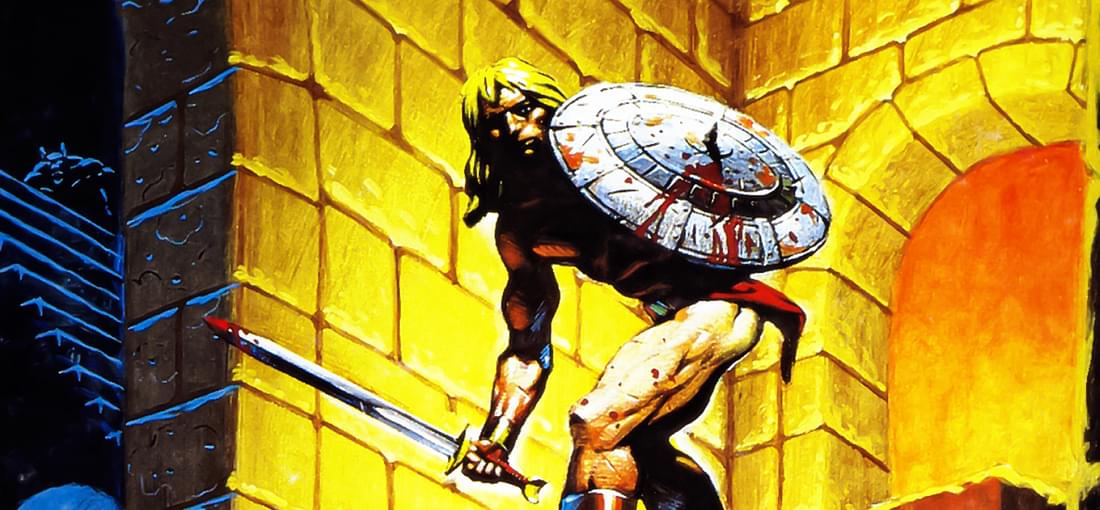
When "Ultima Underworld: The Stygian Abyss" first released, I wanted to play it but never got around to doing so until roughly 30 years later. I had played a pair of Ultima games before then, as well as the similar "Eye of the Beholder" series. This game is a classic dungeon crawler that has not aged particularly well, and nostalgia alone was not enough to push me to complete nor to recommend this game. There are fascinating restrospective interviews and footage about the game and its achievements to be found on the internet. Gameplay: As the protagonist, you navigate through complex tunnels, fighting monsters, collecting loot, and interacting with the environment. The 3D gameplay was groundbreaking at the time: you could look up, down, and all around. But the technology has since been surpassed. Movement, combat, actions, and inventory access are bit clunky, even compared to later Looking Glass Studios games, such as "System Shock 2". Characters/Customization: The game begins with a character creation screen, and the interface includes a paperdoll for you to equip new armor and weapons. Story/Atmosphere: You play the role of an adventurer thrust into the dungeon on a mission to rescue a princess. While the entire story takes place in the dungeon, the game is non-linear. The compact interface also contributes to the claustrophobic setting. In addition to fighting foes, you also have dialogue interactions with friendly characters. Graphics/Sound: This game could have used a remaster to bring it up to speed with modern machines. As things stand, the graphics are dated. The soundtrack is not half bad. Replay Value: With more modern offerings available, there is little incentive to complete this game in 2023. Overall Score: 6/10. On its present day merits, this game deserves a lower score, but its contributions, such as pushing for 3D graphics, are achievements to be celebrated first-hand. Played in 2022.
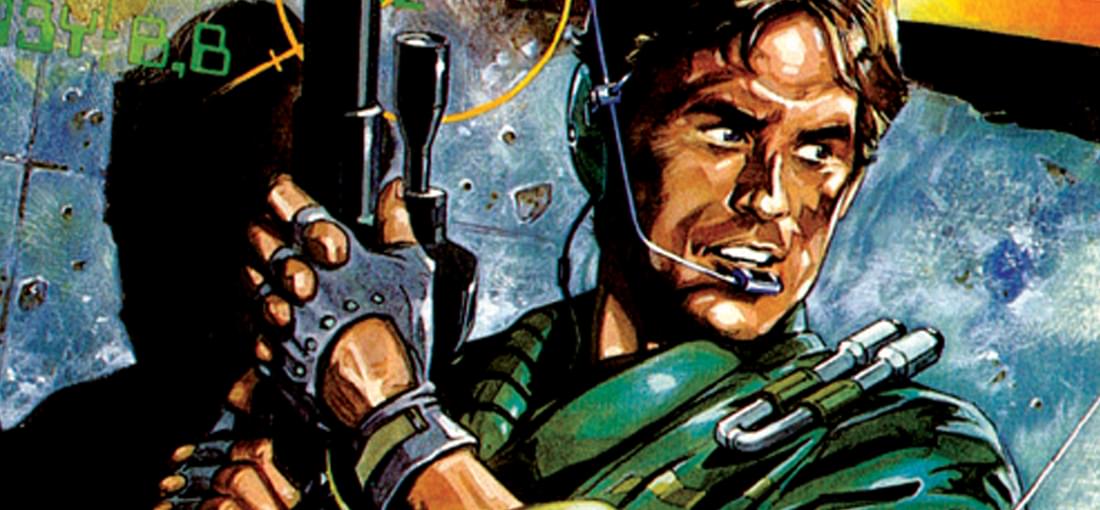
I wish I had Metal Gear when it originally came out over 30 years ago! I cannot recommend it to players today, unless you are particularly interested in observing game design circa 1987. Metal Gear comes across as a predecessor to most, if not all, isometric/side scrolling stealth action games. Gameplay: Playing as agent Solid Snake, you infiltrate an enemy base, moving from one screen location to the next and often retracing steps to unlock a previously inaccessible content. You have weapons that you can fire, but most of the time you are better off staying out of line of sight. Every so often you encounter novel mechanics and tricks, rather impressive for a game this old. Movement, actions, inventory, and menus are controlled via keyboard. Characters/Customization: Your pixel protagonist wears a headband... and you have limited choice of what weapon to wield. That's about it. Story/Atmosphere: There is actually narrative and lore embedded in dialogue with NPCs. Even with its limited graphics and audio, the game has the consistent feel of a military action-infiltration game. While not a JRPG by any measure, there are definitely influences from the genre here, particularly when it comes to "cutscenes" given the technical constraints. Graphics/Sound: Graphics are dated to be sure, but they get the job done, and the audio, including the tense soundtrack, are pretty good... for its time. Replay Value: None. Although the game is not entirely linear, the story is rather linear, taking you from one objective to the next, even if sometimes that means tracking back. Overall Score: 6/10. This game seems pretty great for its day, but in today's environment, it just has too many outdated mechanics (such as screens respawning upon re-entry), most of which are probably due to technicaly constraints. And these make it not so fun to play. But as a museum piece, the game is a masterclass of design from the 1980s. Played in 2021 - 2022. Note: Did not finish.
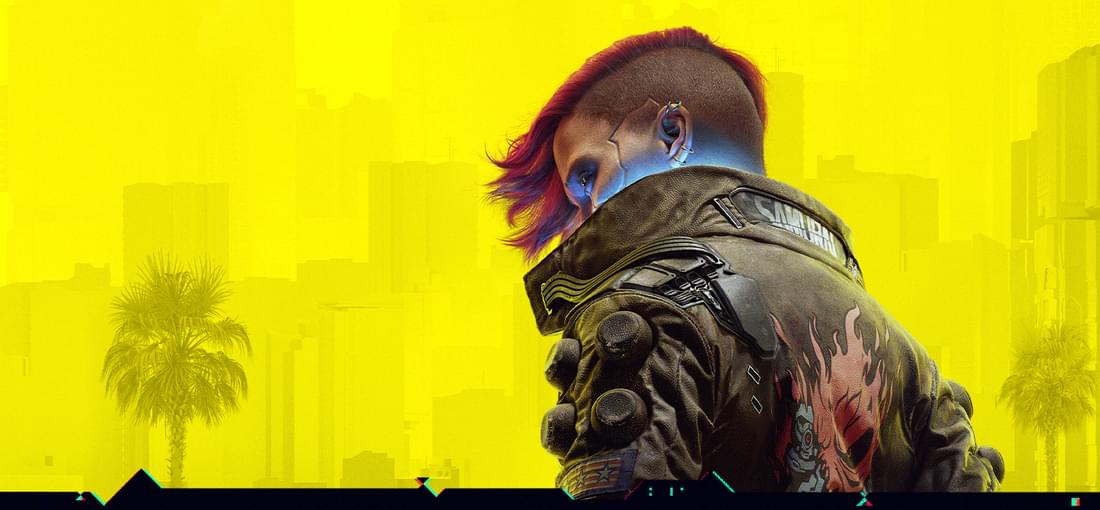
In CP2077, you play as V, a mercenary in the futuristic Night City. Developed by CDPR, CP2077 uses similar systems and mission structure that made Witcher 3 one of the best RPGs. Gameplay: CP2077 is an RPG played in first-person. V has many options for overcoming foes and obstacles. Melee combat, gunplay, and hacking allow V to take on enemies, but stealth is also viable. Driving is fun; fistfights are challenging. Characters/Customization: Your V can be either feminine or masculine, a choice affecting romances later in the game. V starts out as either Nomad, Corpo, or Streetkid, a background choice that provides different prologue and occasional dialogue choices. V can loot or craft new clothing and weapons and allocate points in skill trees. Playing as a nomad, I immersed myself into outsider role. Max level 50 required completing all missions and most side content. Did not max all skill trees. Story/Atmosphere: CP2077’s main story can be done in under 30 hours. My initial playthrough was 150 hours, due to immersion, completing missions, never using fast travel. The main story is solid, even epic at times. My ending choice was a textbook happy ending, but there are four other endings to attempt. The side mission quality varied but was more or less on par with the high bar set by Witcher 3. Depending on how you define “cyberpunk” may drive how much you enjoy CP2077. Although not revolutionary-the game is after all based on the pen-and-paper Cyberpunk game-CDPR nailed it for me with their interpretation of the genre, in particular when it comes to Night City, now one of my favorite open worlds. Graphics/Sound: CP2077 is packed with stellar audio and graphics but also a few bugs. No crashes for me, just occasional reloads. Listening to radio stations was a delight, knowing most music was created for CP2077. Replay Value: Yes. I plan to play again, make different choices. Overall Score: 10/10. This was the game I had waited and hoped for. Played in 2021.
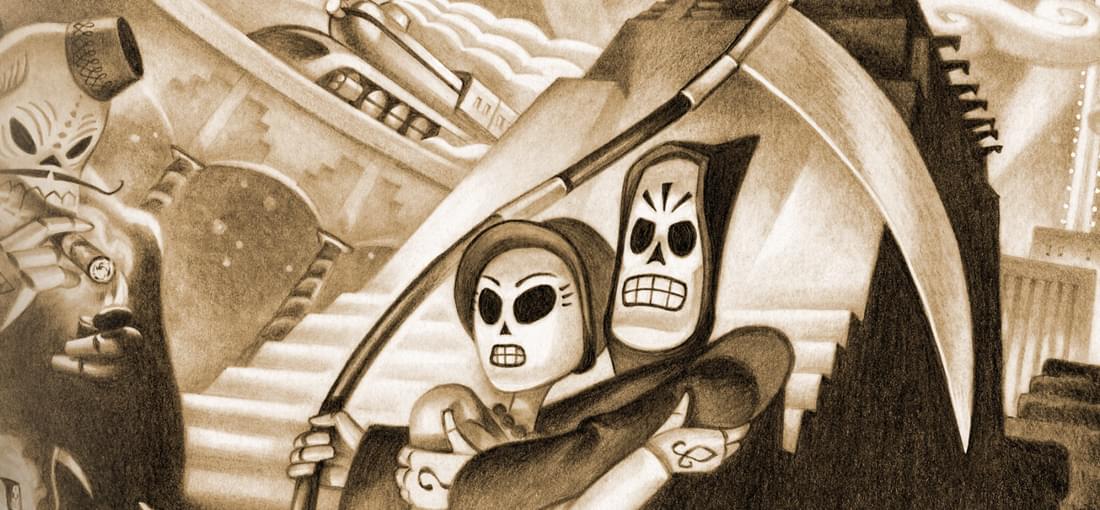
Grim Fandango (GF) revolves around Manny, a travel agent for the dead, who gets caught up in a grand adventure. I recall seeing GF in stores back when it was released, and given its cartoony, day-of-the-dead theme and point-and-click gameplay, I was not drawn to the game. 20 years later, I found myself traveling through the land of the dead, in one of the more unique tales to grace my monitor screen. The game is dated, but there is still a lot to like when it comes to its humor and the weirdly stylized locales in the story. Gameplay: Most of GF is just point-and-click, but there are also dialogue options and puzzles. The puzzles do make the game interesting, but a few of the puzzles are rather obscure; had I not played with an online guide, I might have quit before the end. Some puzzles are not really puzzles, but you having to apply arbitrary items to arbitrary situations to move the story forward. Characters/Customization: There is no customization in this game. You are simply along for the ride as Manny, who does grow along the way, through the game's four chapters/years. Story/Atmosphere: I was initially turned off by the box art and the point-and-click style of this game, but in the end, I was impressed how the creators pulled it all together. The gameplay is often intercut with fully-voiced dialogue and cutscenes, and that dialogue, the humor, and the overall story come together for a truly unique experience. Graphics/Sound: I enjoyed the spoken dialogue, and the music was appropriate in the context of the game's various locales. The remaster itself worked fine on my ultrawidescreen display. I ran into two bugs, but workarounds do exist. However, I would encourage players to save often. Replay Value: None. Overall Score: 6/10. GF is a bit dated but playable. It probably deserves a higher score if you are even remotely interested in the day of the dead or the after life motif. Played in 2019-2020.
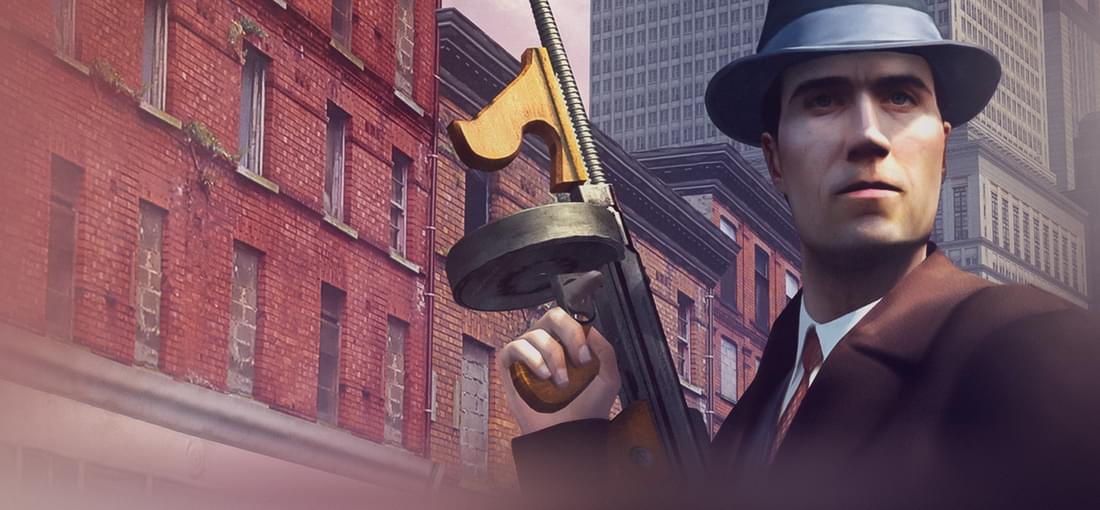
In Mafia, you play a man who stumbles into a job with the mob. I saw Mafia on the shelves back in 2002, but it was not my cup of tea back then. Recently I played through GTA III, and while both are within the same genre, Mafia is a classier version of GTA. Gameplay: Majority of gameplay takes place on foot or in cars. Combat usually takes place on foot, although some car chases also involve gunfire. Controls are simple, although control feels weak at times, particularly in combat where aiming can be a pain. Most missions involve driving and shooting. Every now and then, a mission introduces a brand new mechanic. It doesn't happen often enough, but when it does, such as in the mission Fairplay, it is neat. The game even has a working elevated train, but it's only used once. Characters/Customization: The characters are stereotypical American-Italian mobsters. The protagonist does undergo a full story arch, but the only customization that you have in the game are vehicles and occasional weapon choices. Story/Atmosphere: The game borrows elements from mob genre films and then blends them into its own original story. The story is linear, although you do options to take on side-quests. Lost Haven, the fictional city, where 90% of the action takes place is large. Most buildings are not accessible, but the city is definitely alive with pedestrians, cars, and cops. The city is mostly scenery as you drive back and forth. Graphics/Sound: I preferred the graphics of Mafia to GTA III, its rough contemporary, and while the graphics are somewhat outdated by 2019 standards, they are not a distraction. The original music may not appear in this version of the game due to expired licensing, but it may be possible to obtain it via the internet. The spoken dialogue is adequate though predictable. Replay Value: None. I only played through the main story, but an additional mode that allows you to play freeform missions. Overall Score: 8/10. Played in 2018-2019.